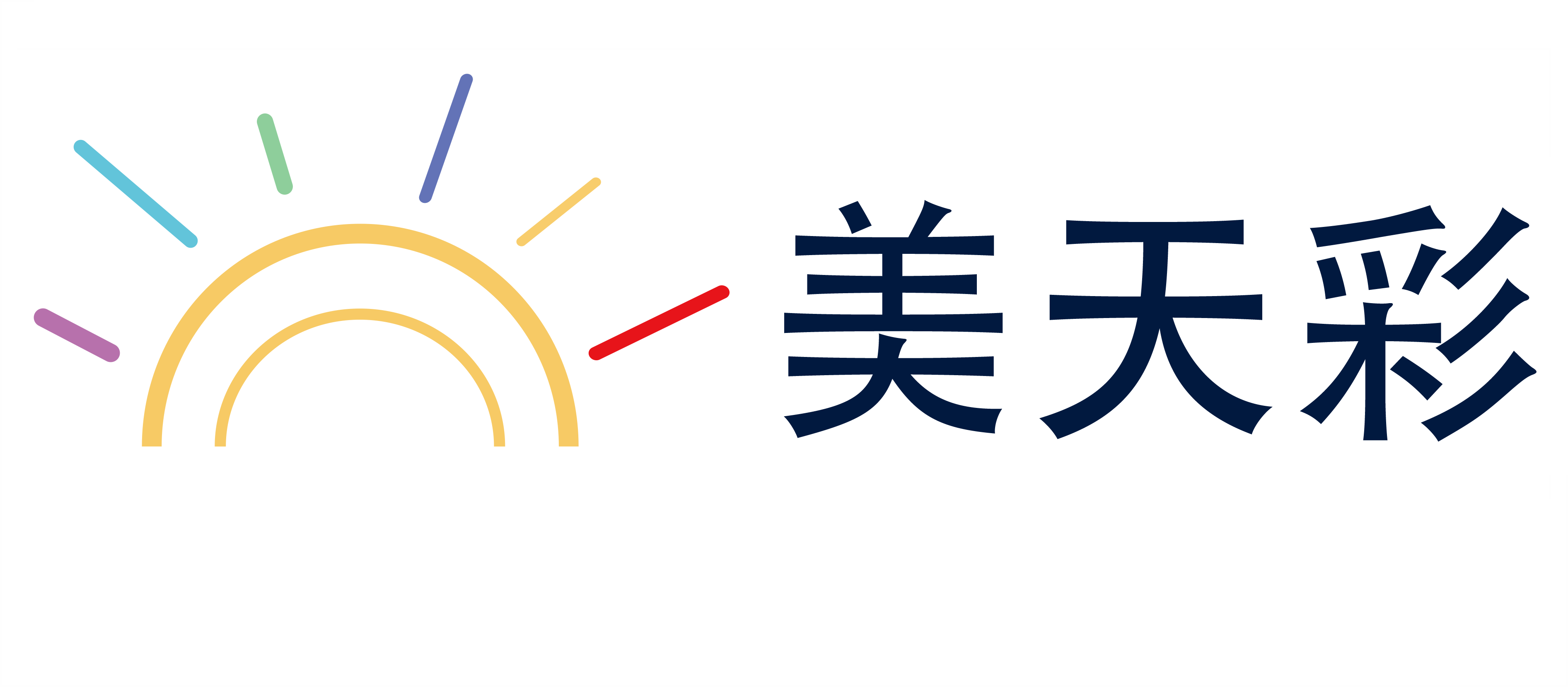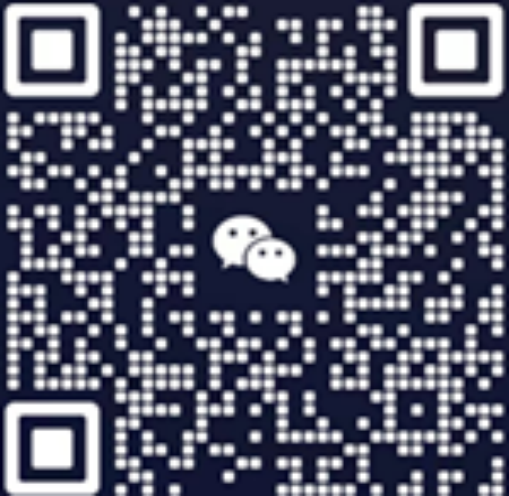东南亚眼部化妆品法规咨询
Southeast Asia's cosmetic industry, particularly in the eye makeup products sector, has been rapidly evolving in recent years. With the increasing popularity of makeup among both locals and international tourists, stringent regulatory frameworks have been introduced to ensure product safety, efficacy, and compliance with local standards. This article delves into the regulatory landscape of eye makeup products in Southeast Asia, highlighting the key requirements, ingredients, and certifications that define the region's cosmetics market.
Overview of Regulatory Frameworks in Southeast Asia
The cosmetics industry in Southeast Asia is highly fragmented, with each country having its own regulatory framework. The region includes countries such as Thailand, Malaysia, Singapore, Philippines, Indonesia, and Vietnam, each with distinct legal systems and cosmetic standards. While there is no single regulatory body overseeing the entire region, each country has its own药品监督管理局 (Pharmaceutical Products Safety and Standards Administration) or equivalent agency responsible for overseeing cosmetic products.
Key Ingredients and Safety Requirements
One of the most critical aspects of regulating eye makeup products is the safety of the ingredients. The regulatory bodies in Southeast Asia require that all ingredients used in eye makeup products meet strict safety standards. This includes testing for harmful substances such as formaldehyde, lead, and other heavy metals. Eye makeup products must be free of harmful additives, and the labels must include detailed information about the ingredients, their concentrations, and potential allergens.
In addition to the ingredients, the regulatory agencies also pay close attention to the formulation of the products. Eye makeup products are particularly sensitive to moisture and humidity, so the formulation must be robust enough to withstand these conditions without caking or smudging. The packaging is also a key consideration, as it must be tamper-proof and meet safety standards to prevent tampering.
Local Production and Import Regulations
In many Southeast Asian countries, local production of eye makeup products is encouraged or required. This not only supports domestic industries but also ensures that products meet the specific regulatory standards of the country. For imported products, strict regulations are in place to ensure that the imported products comply with the local standards. This includes testing for the presence of harmful substances and ensuring that the product is labeled in accordance with local regulations.
Certification and Quality Control
The regulatory agencies in Southeast Asia place a high emphasis on certification and quality control. Eye makeup products must undergo rigorous testing to ensure they meet safety and efficacy standards. Certifications such as Cosmeceutical Grade or EC (European Community) labeling are often required, although the specifics vary by country.
The regulatory agencies also conduct regular inspections of cosmetic product manufacturers and importers to ensure compliance with regulations. This includes checking the quality of ingredients, the compliance of the packaging, and the accuracy of labeling.
Cultural and Market Considerations
Another important aspect of the regulatory framework for eye makeup products in Southeast Asia is the cultural and market considerations. Eye makeup is a popular beauty product in these regions, and the demand is driven by a wide range of factors, including personal style, cultural preferences, and the availability of affordable products.
The regulatory agencies take into account the diverse cultural practices and preferences when developing regulations. For example, the use of certain colors or the application techniques may be influenced by cultural norms, which can impact the design and marketing of eye makeup products.
Challenges and Future Trends
Despite the stringent regulations, there are challenges in the production and distribution of eye makeup products in Southeast Asia. The region faces issues such as counterfeit products, poor quality control, and inconsistent labeling. To address these challenges, regulatory agencies are increasingly adopting digital tools and technologies, such as e-commerce platforms and digital labeling systems, to enhance transparency and enforce regulations.
Another emerging trend is the growing popularity of natural and organic ingredients in eye makeup products. This trend reflects the increasing consumer demand for healthier and more sustainable products. Regulatory agencies are responding to this trend by relaxing some of the restrictions on natural ingredients, provided they meet strict safety standards.
Conclusion
The regulatory framework for eye makeup products in Southeast Asia is comprehensive and designed to ensure product safety, efficacy, and compliance with local standards. Each country has its own specific regulations, which are based on the unique characteristics of the region, such as cultural preferences, market conditions, and the availability of resources. As the cosmetics industry continues to evolve, regulatory agencies will need to remain proactive in addressing emerging challenges and adapting to new trends to ensure the continued success of the industry in Southeast Asia.
上述信息,涵盖图片、视频以及各类文字资料,美天彩仅扮演信息存储的角色。若存在任何侵犯知识产权或其他合法权益的情形,请立即联系我们删除,切实维护您的权益。
郑重声明
- 延伸阅读:
- 上一篇:东南亚儿童眼部化妆品适用性与适用人群界定
- 下一篇:菲律宾化妆品标签备案标准

Experts Q & A
外贸专家答疑
为了帮助您更快地解决问题,建议向我们的外贸专家进行咨询,提供专业的方案咨询和策划。


马上留言 (0) 0